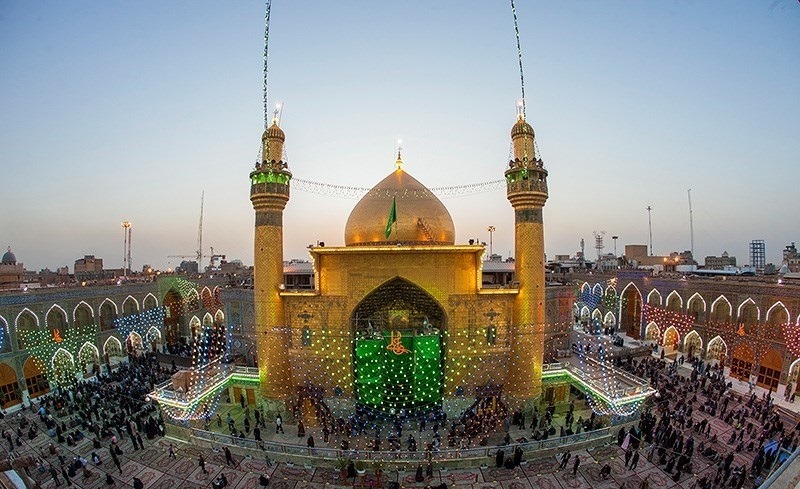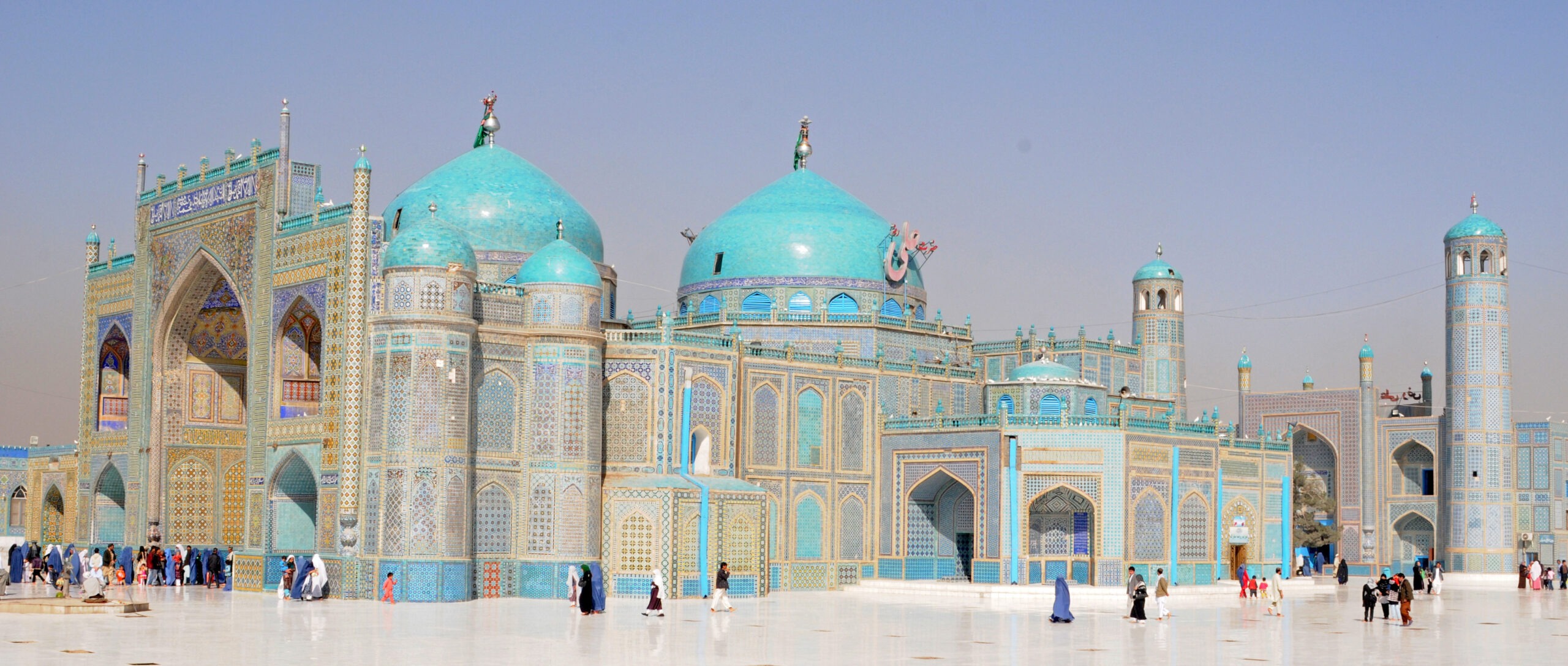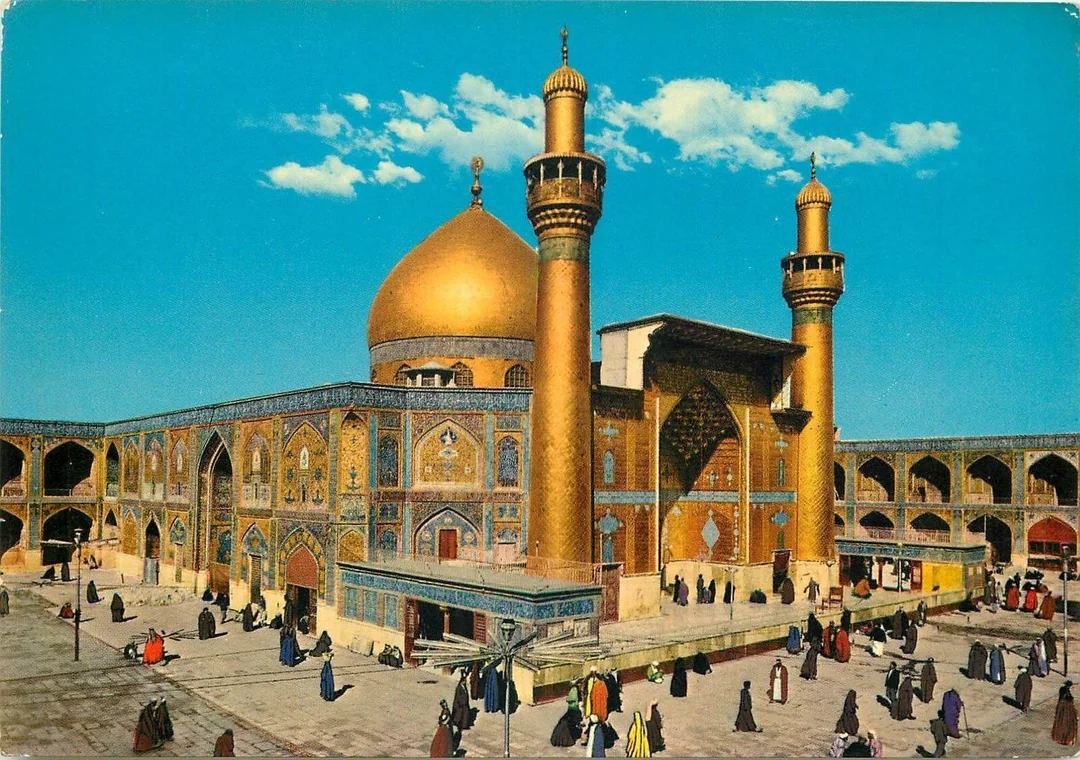Contents
The Imam Ali Mosque, also known as the Shrine of Imam Ali, is one of the most revered religious sites in the Islamic world. Located in the holy city of Najaf, Iraq, this mosque holds immense significance for millions of Shia Muslims across the globe. As the burial site of Imam Ali ibn Abi Talib, the cousin and son-in-law of the Prophet Muhammad, the mosque serves as both a spiritual sanctuary and a symbol of deep historical and religious importance.
Historical Significance Imam Ali Mosque

Imam Ali ibn Abi Talib is a central figure in Islamic history. He was the first male to accept Islam and played a crucial role in the early spread of the religion. Imam Ali is also regarded as the first Imam by Shia Muslims and the fourth Caliph by Sunni Muslims. His life was marked by his unwavering dedication to justice, knowledge, and spirituality.
After the assassination of Imam Ali Mosque in 661 AD, his followers secretly buried him in Najaf to protect his remains from desecration by his enemies. The exact location of his burial was kept hidden for several decades until it was revealed by the sixth Shia Imam, Ja’far al-Sadiq, in the 8th century. The discovery of Imam Ali’s burial site led to the construction of a shrine, which over the centuries has evolved into the grand mosque that stands today.
Architectural Marvel
The Imam Ali Mosque is a stunning example of Islamic architecture, blending Persian, Arab, and Mughal influences. The mosque’s golden dome is one of its most striking features, visible from miles away and symbolizing the divine light that Imam Ali represents for his followers. The dome is covered with approximately 7,777 gold-plated tiles, reflecting the sun’s rays and creating a mesmerizing spectacle.
The mosque’s interior is equally impressive, adorned with intricate tilework, mosaics, and calligraphy. The walls and ceilings are covered with verses from the Quran and sayings attributed to Imam Ali, providing a constant reminder of the spiritual significance of the site. The mihrab, or prayer niche, is positioned in the direction of Mecca and is beautifully decorated with blue and turquoise tiles.
The courtyard of the mosque is expansive, surrounded by arched colonnades that offer shade to worshippers. The courtyard serves as a gathering place for pilgrims, who come from all over the world to pay their respects to Imam Ali and seek spiritual solace.
Religious Importance

The Sultan Ahmed Mosque, popularly known as the Blue Mosque, in Mazar-e-Sharif, Balkh Province, Afghanistan, April 3, 2012. (37th IBCT photo by Sgt. Kimberly Lamb) (Released)
For Shia Muslims, the Imam Ali Mosque is second only to the Kaaba in Mecca in terms of religious importance. The mosque is a major pilgrimage site, attracting millions of visitors each year, particularly during significant Islamic events such as Arba’een and the anniversary of Imam Ali’s martyrdom. Pilgrims come to Najaf to offer prayers, seek blessings, and reflect on the teachings of Imam Ali.
The mosque also serves as a center of learning and scholarship. Throughout history, Najaf has been home to some of the most respected Islamic scholars, and the city’s seminary, known as the Hawza, continues to be a leading institution for religious education. The Imam Ali Mosque plays a crucial role in this intellectual tradition, hosting lectures, discussions, and other scholarly activities.
Cultural and Political Impact
The Imam Ali Mosque is not only a religious symbol but also a cultural and political one. Throughout history, the mosque has been at the center of significant political events, particularly in relation to the Shia community. During the Abbasid and Safavid empires, the mosque was a focal point for Shia resistance against Sunni rule. In more recent times, the mosque has been a site of political expression, particularly during the Iraq War and subsequent conflicts.
In 2004, the mosque became a battleground during the Iraq War when it was occupied by the Mahdi Army, a Shia militia led by Muqtada al-Sadr. The standoff between the militia and U.S. forces brought global attention to the mosque and highlighted its importance not only to Iraq but to the entire Muslim world. The conflict ended with an agreement that preserved the sanctity of the mosque, but the incident underscored the mosque’s role as a symbol of Shia identity and resistance.
Restoration and Preservation

Over the centuries, the Imam Ali Mosque has undergone numerous renovations and expansions, particularly under the patronage of various Islamic rulers. The Safavid and Qajar dynasties of Persia mariatogel were particularly instrumental in the mosque’s development, funding extensive restorations and adding new architectural elements.
In recent years, the mosque has continued to be a focus of restoration efforts, particularly after sustaining damage during the Iraq War. The Iraqi government, along with international organizations, has worked to preserve the mosque’s historical and cultural heritage. These efforts include the restoration of the golden dome, the repair of the mosque’s tilework, and the enhancement of the mosque’s infrastructure to accommodate the growing number of pilgrims.
Conclusion
The Imam Ali Mosque stands as a testament to the enduring legacy of Imam Ali ibn Abi Talib and the rich history of Shia Islam. It is a place where history, spirituality, and culture converge, offering solace and inspiration to millions of Muslims around the world. As a site of pilgrimage, scholarship, and political significance, the Imam Ali Mosque continues to play a central role in the religious and cultural life of the Shia community, symbolizing the eternal values of justice, knowledge, and devotion that Imam Ali embodied.





